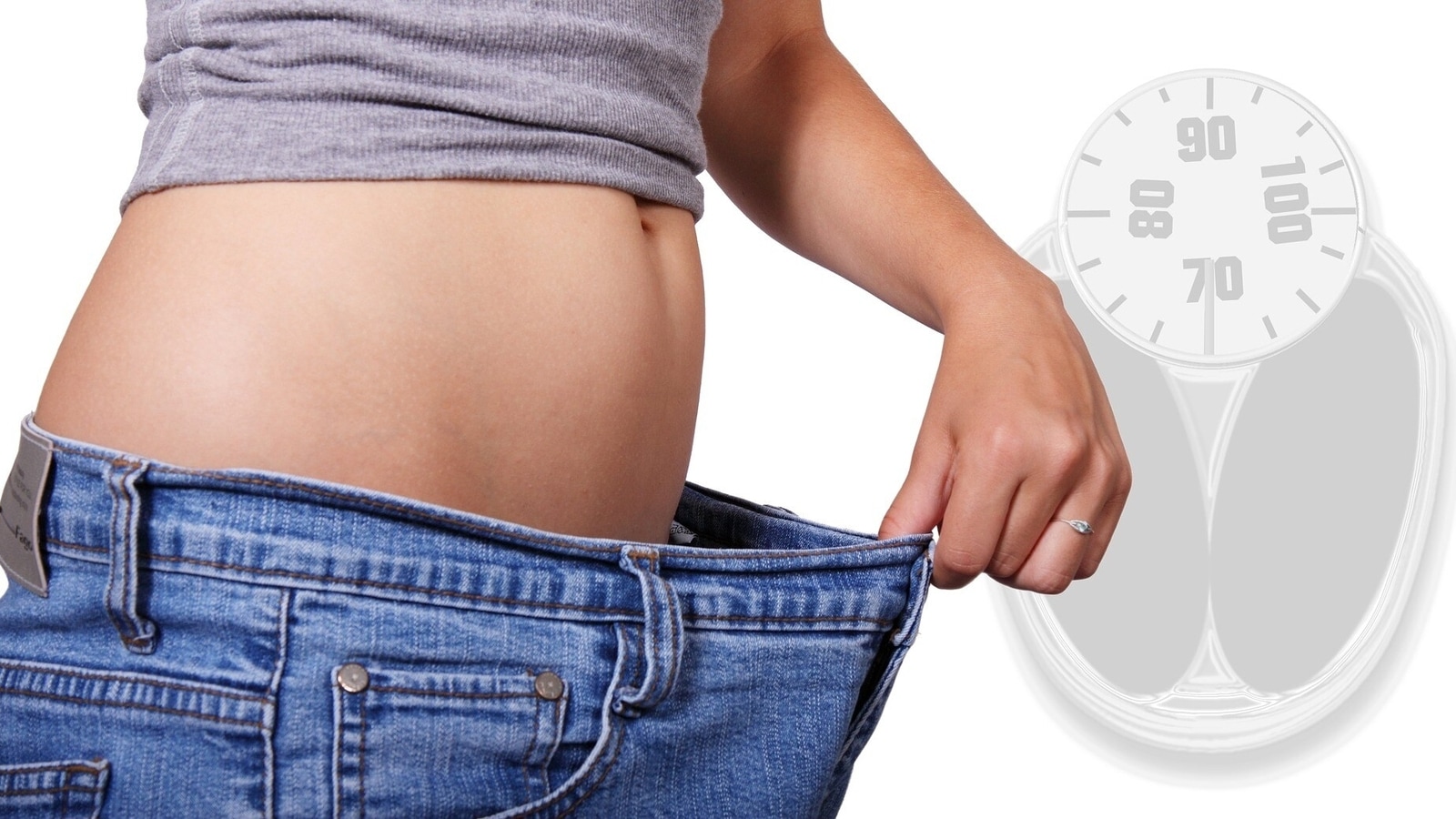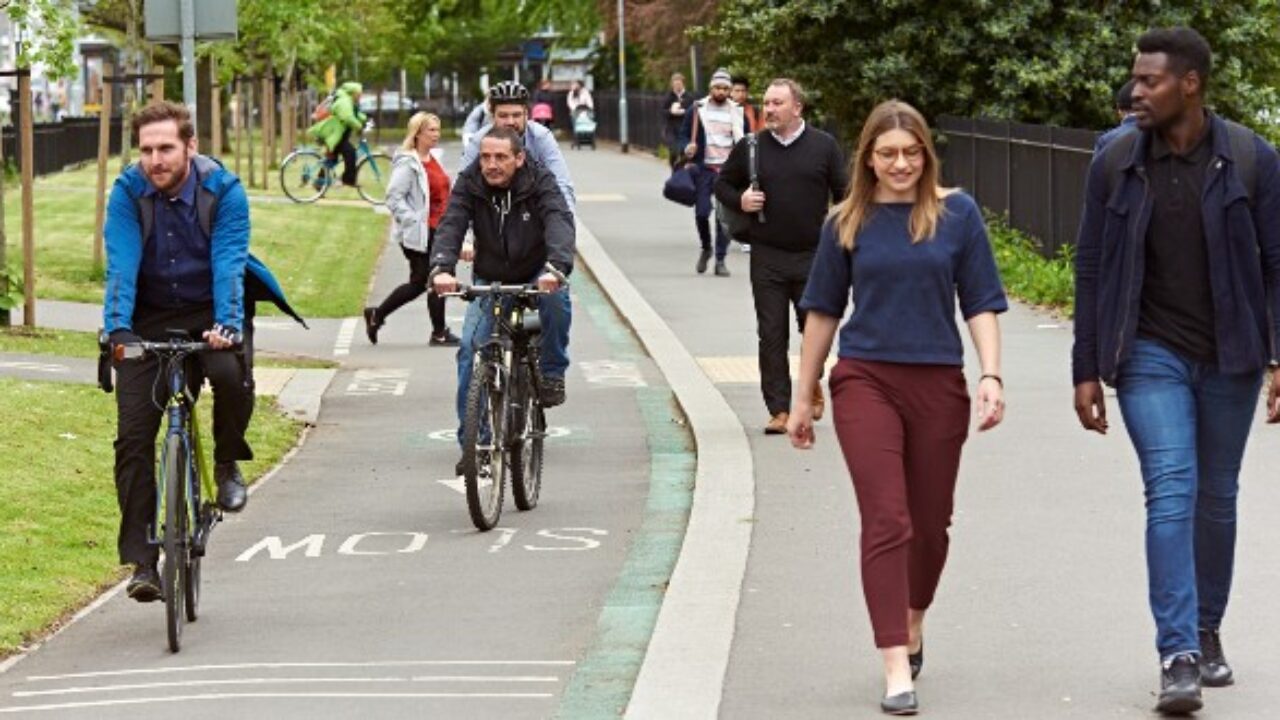The health benefits of walking are well documented, and there’s no doubt that walking regularly will help you stay fit and healthy. But does walking have to be the only form of exercise you get? Cycling can also be an important part of your weekly routine, and it could actually provide some unique benefits that walking can’t match up to. Find out more about cycling versus walking to see which one could work best for you, in this article on cycling versus walking.
Which one of these burns more calories?

How many calories you burn while cycling or walking is dependent on how fast you work out. For example, walking briskly burns more calories than cycling at a slower pace. Factors such as height, weight, and motion in the body also play a role in how many calories are burned.
The amount of calories a 150-pound (68 kg) in 30 minutes person would burn depends on the workout intensity, as shown in the following table.
About 240 calories are expended for every hour of light bicycle riding.
At a moderate speed–285 calories
For instance, cycling for an hour would on average burn 357 calories.
Around 154 calories every hour for slow walking.
Moderate walking for an hour burns an average of 179 calories.
A thirty-minute walk burns off 250 calories.
Hence, Cyclists often experience an enhanced calorie burn when engaged in the same intensity for the same time frame. So if you want to burn a high number of calories in a short period of time, cycling may be a better choice.
So which one works your muscles better?

Pedaling and walking involves the use of similar muscles to produce power and work. The gluteal muscles of the hip and the hamstrings are involved in both walking and pedaling.
The cyclist’s hamstring and biceps femoris muscle muscles become more active as the cyclist cycles at higher speeds, especially when he or she stands up to pedal. In addition, the activation of the gluteal muscles also increases when walking uphill or upstairs.
Compared to walking, the quadriceps, the muscles in the upper part of the front of the thigh, play a larger role in cycling, generating greater force during the power or push-down phase of cycling, when you’re sitting.
Lastly, the calf muscles are important in both cycling and walking. They are the muscles that provide a lot of power during the thrust phase of cycling and the push-off phase of walking.
Hence, the two exercises both work the same muscles, but cycling demands the muscles to exert more power.
What would work for weight loss?

People who cycled on a regular basis burned more fats than those who walked on a daily basis. On the other hand, though, walking and running are also recommended to decrease the risk of excessive fat accumulation in the bone marrow and cardiovascular disorders.
Weight loss entails increasing the number of calories you expend with exercise and cutting your intake so you consume fewer calories. As seen above, cycling seems to require more energy to power it in the same amount of time as walking. As a result, cycling may be better for weight loss if you don’t have a lot of time to exercise.
It’s still the best option to do the activity you enjoy the most and stay mindful of your calorie intake. Cycling or walking or some combination of the two may be the exercises for you. Doing both increases your odds of sticking with a program.
Considerations When Deciding Between Biking and Walking
 When considering which exercise activity to partake in, it’s important to keep in mind a few considerations. If you have certain health conditions, such as heart disease, knee problems, joint issues or a disability of some kind that limits your mobility, walking may be your best bet because it puts less stress on your body than cycling does. Cycling can be harder on bones and joints; however, biking requires more upper-body strength and core stabilization. In addition to that, biking helps boost balance and coordination more than walking does. Finally, if you are interested in keeping track of specific metrics related to fitness—such as speed, distance traveled and calories burned—biking will allow you do so more easily than walking will.
When considering which exercise activity to partake in, it’s important to keep in mind a few considerations. If you have certain health conditions, such as heart disease, knee problems, joint issues or a disability of some kind that limits your mobility, walking may be your best bet because it puts less stress on your body than cycling does. Cycling can be harder on bones and joints; however, biking requires more upper-body strength and core stabilization. In addition to that, biking helps boost balance and coordination more than walking does. Finally, if you are interested in keeping track of specific metrics related to fitness—such as speed, distance traveled and calories burned—biking will allow you do so more easily than walking will.
How Much Should I be Exercising?
Exercise helps us live longer, have more energy, sleep better and feel stronger. The amount of time we need to exercise each week to reap these benefits varies depending on a number of factors. The Centers for Disease Control (CDC) recommend at least 150 minutes of moderate-intensity aerobic activity such as walking every week if possible. This can be broken up into 10-minute bouts throughout each day if needed. It’s also recommended that older adults perform resistance training two times per week with one set per muscle group; three sets overall should be enough for optimal health benefits. On top of all that, make sure you’re getting an adequate amount of sleep—the CDC recommends 7 to 9 hours a night—and keep stress under control by practicing meditation and yoga regularly.
Protect Yourself From Injuries While Exercising

The unfortunate truth is that exercise can often cause injury. That said, there are things you can do to help prevent injuries when working out. Be sure to maintain good posture, stay hydrated, and have a well-balanced diet. Working out with a friend or joining a group class at your local gym can also help keep you accountable and give you more support when it comes to trying new exercises. Another important thing to remember is that not all workouts are created equal. If you’re going to start an exercise program, make sure it’s one that fits into your lifestyle. You don’t want to spend money on something that isn’t sustainable in the long run. If you know what kind of workout routine works best for you, stick with it! It might take some trial and error before you find something that sticks—but if an activity doesn’t feel right in your body, don’t be afraid to try something else!













